Tumble dryer printed circuit board heater relay faults
This video will help you diagnose faults with tumble dryer Circuit Boards that are not heating, and how to repair them.
Understand how the tumble dryer works.
Both condenser and vented tumble dryers use very similar heating elements and thermostatic systems. They do vary depending on the manufacturers. They usually have one thermostat sensors on the front or an NTC sensor and one or two thermostat sensors on the back normally above the heater. The tumble dryer on this video has two thermostats fitted on the heating element housing located at the back. These are prime candidates when diagnosing no heat faults on tumble dryers.
The heating element and all thermostats should be tested first as these are the most common to fail.
On the front you sometimes have a thermostat. You should test it for continuity. There is also an NTC sensor and you should test if for resistance (measured in holm's see our video on this). If all these are good the you can start looking at the Circuit Board for faults.
First understand how Relays work.
- A relay is an electromagnetic switch operated by a relatively small electric current that can turn on or off a much larger electric current. (heater or motor) The heart of a relay is an electromagnet (a coil of wire that becomes a temporary magnet when electricity flows through it)
- the relays are normally controlled by the Circuit Board and the information that comes from the NTC sensor, but on a lot of occasions the contacts in the relay burn due to amperage being drawn through the relay (higher amperage relays would last longer)
There are loads of video below to help you repair your tumble dryers, condenser or vented and they will help you. But if you need help on any please use the contact us form.
5 Responses to “Tumble dryer printed circuit board heater relay faults”

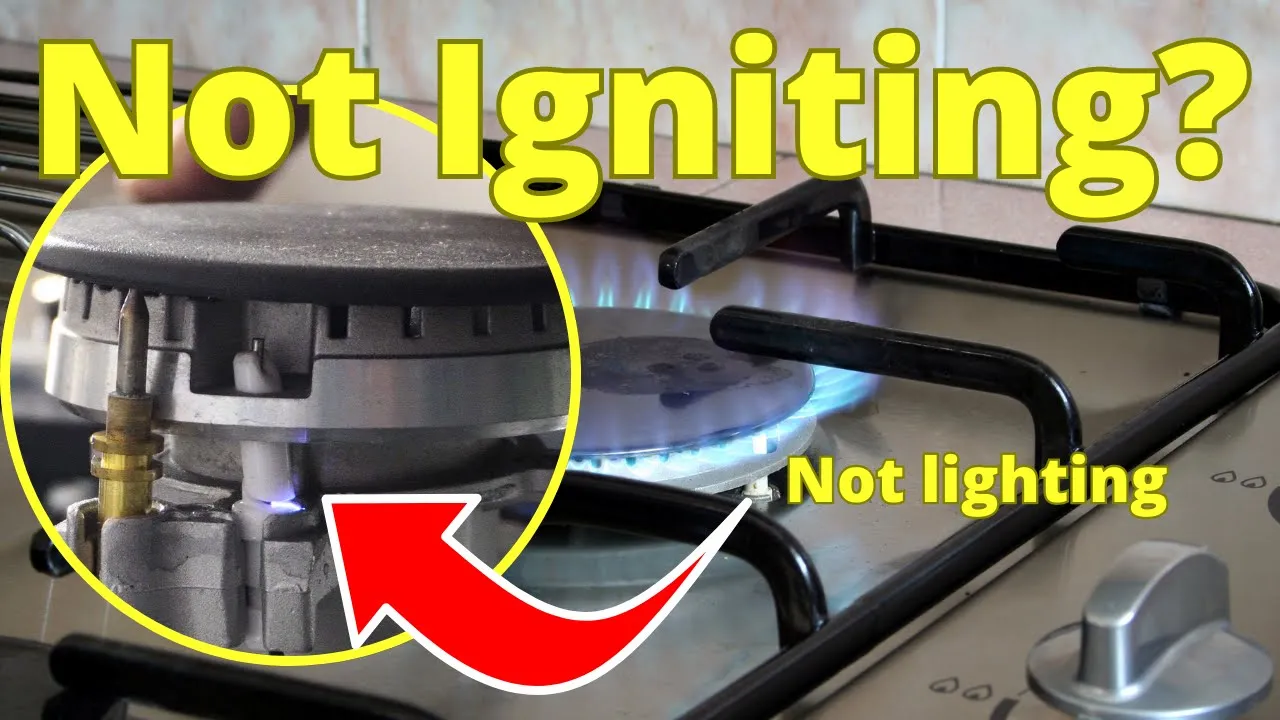
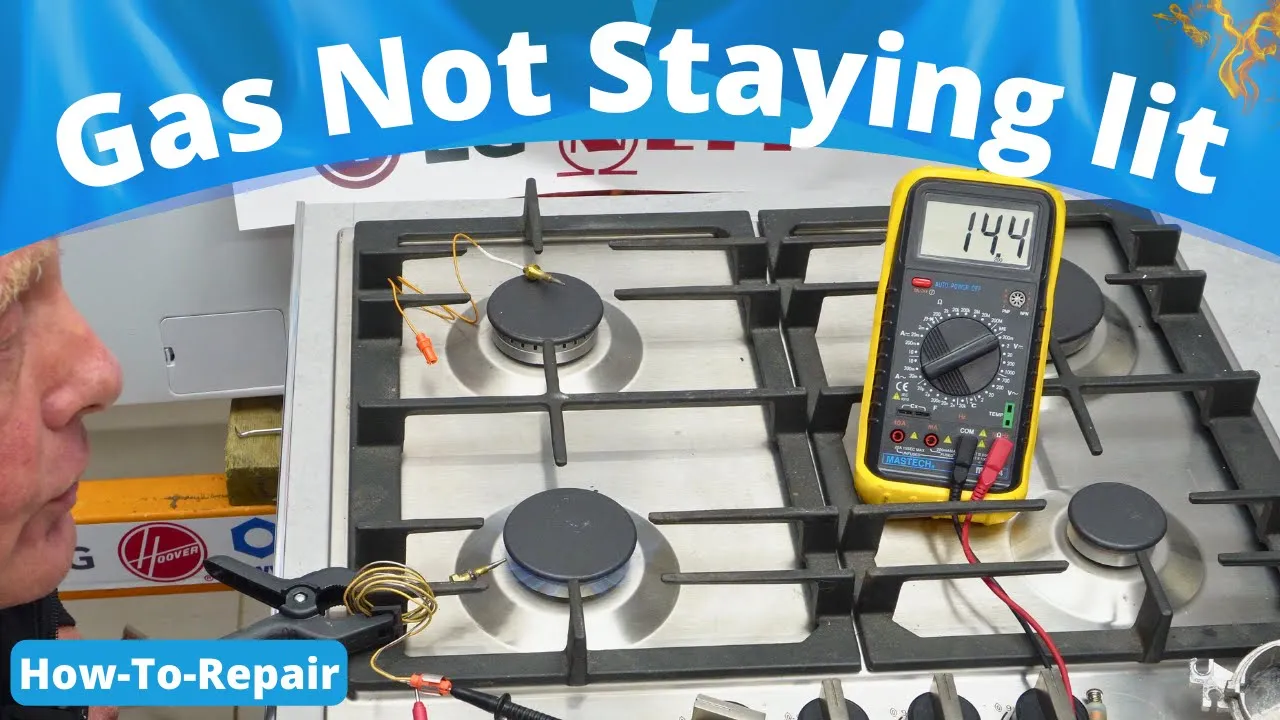


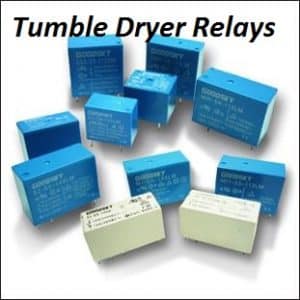
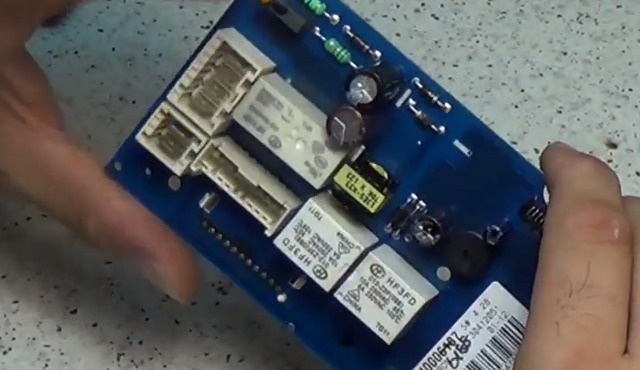





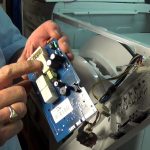
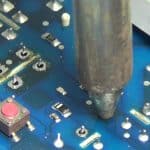
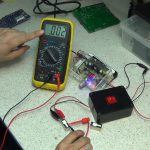
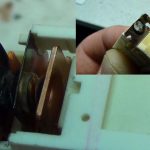

















Hi,
After some advice, I’ve got a hoover dyc893b condensing tumble dryer, about 3 years old, switched it on the other day and there was no life in it, no lights etc,
So found a cheapish replacement pcb online, fitted it switched it on and smoke started coming out of the pcb!
Any ideals on what I should be looking for? Any help would be appreciated, cheers craig..
Do you have any idea what e21 code error is for a hoover condenser tumble dryer?
Many thanks for your reply, having reassembled the dryer and switched on; it worked so I have assumed it must have been a loose connection.
I have saved your details just in case another appliance goes lame
Kind Regards
Hi, I’ve been having trouble with my Beko drcs68s,
I rebuilt the front bearings and seals and reassembled without changing the heater which didn’t look good to be fair.
It ran for 10 seconds then died.
All I was getting was end/anticrease light.
I changed the heater but still no joy so I obtained a used board and installed that.
It ran for 20 minutes or so but obviously hadn’t dried the load. I put it back on then left it with the wife.
Upon returning she informed me that it stopped again without drying so she’d unloaded it and used the clothes horse.
I tried to run it just on a timed program which I thought should work if the sensor bar is no good but alas I think it died again.
I am now back to having just end/anticrease light.
I took the lid off and easily unplugged the moisture sensor from the pcb by pulling very gently on the wire. Could this being loose be enough to blow the board again?
I think I need to give up and replace the darned thing but it frustrates me as it can’t be much troubling it and I hate to throw things away that should be repairable.
There just comes a point where you have to say enough… also pcb’s aren’t readily available for this model now.
Would you expect an obvious blown component on the board in this instance?
Regards
Wayne.
I have a hoover dryer with no power . There is power going to the board from the selector switch but something on the board has blown but it’s not obvious to see. Is there a likely suspect that goes on the control board that causing this?